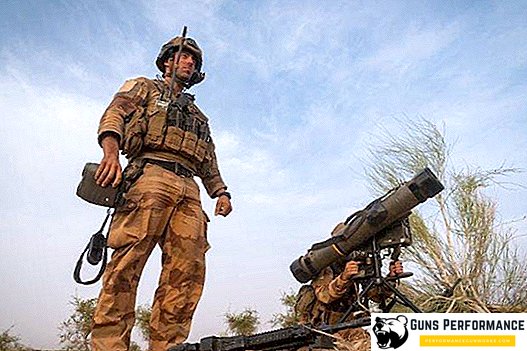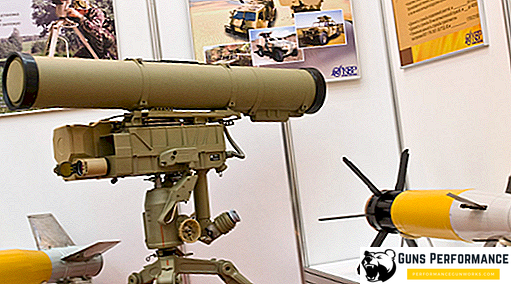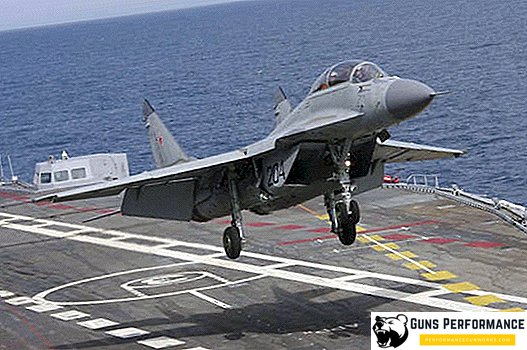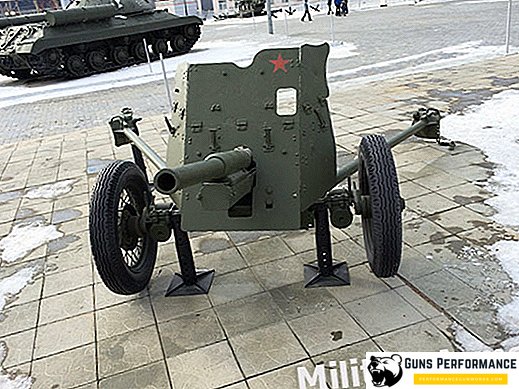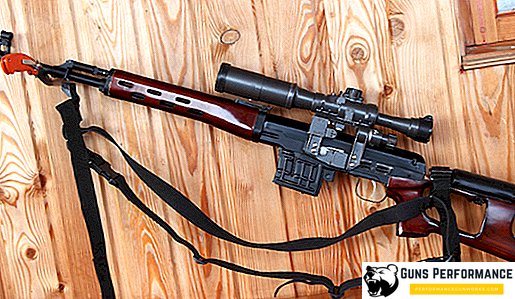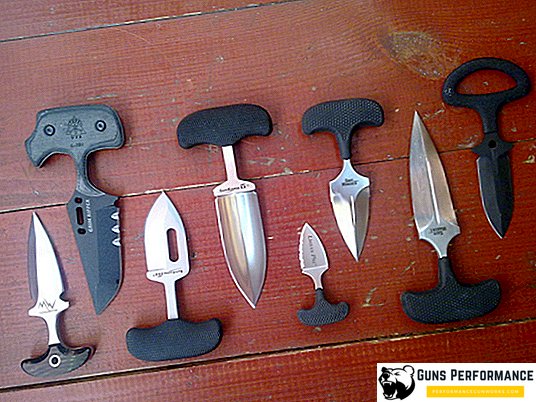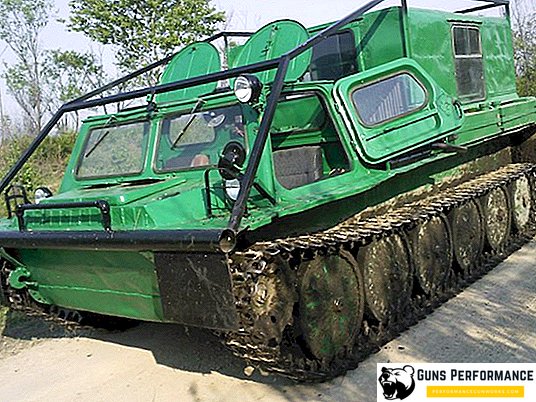Recently, the media can increasingly hear about cluster munitions. Mentions usually relate to the fighting in the east of Ukraine, as well as civil conflict in Syria. The most commonly mentioned aircraft cluster bombs. In this case, journalists do not get tired to remind that this type of ammunition is prohibited and refers to the so-called inhumane weapons.
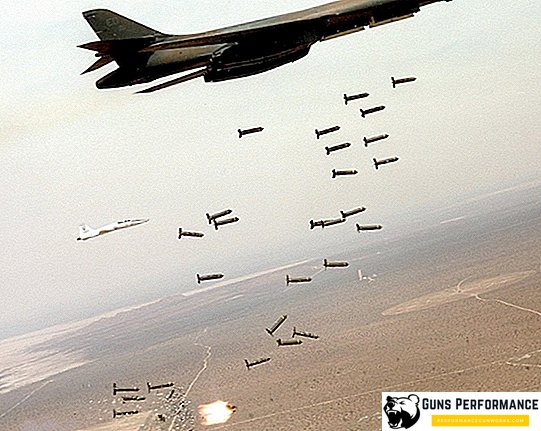
What is cluster munition, why it was necessary to invent a special convention to ban them? What is the principle of their actions and against whom does it apply? Are there such bombs in service with the Russian army, and why have a number of leading weapon states of the world (including Russia) not signed a document banning the use of cluster munitions?
A bit of history
The main objective of any clash is to defeat the enemy. For several centuries, firearms have been the main means of defeating the enemy. Since the invention of gunpowder, the main task of the opposing sides has been to ensure that the target is hit by a projectile (bullet, core, canister) driven by the energy of powder gases. It is this indicator and began to determine the effectiveness of any weapon.
The solution to this problem has occupied the minds of the best weapons designers, since the appearance of the first couleurin and arquebus. The gunsmiths increased the probability of hitting the enemy in two ways: the accuracy of the firearm and the increase in its rate of fire.
The display of these two concepts can be called modern sniper rifles (rather sniper complexes) and machine guns. The sniper relies on a single shot that must hit the target. To do this, he uses expensive and precision weapons, special ammunition and various accessories. The machine gunner relies on the rate of fire of his weapon: from a huge number of bullets fired in the direction of the enemy, at least one will hit the target. But there is another way. Hunters invented it when they began to use the fraction.
If we talk about artillery and artillery ammunition, then very after the appearance of this type of weapon it became clear that it was very difficult and expensive to hit an enemy soldier with a core. Ammunition began to be filled with explosives in order to achieve the appearance of fragments and thus increase the effectiveness of the weapon. Then a canister appeared, which significantly increased the effectiveness of the use of artillery against infantry and cavalry. However, it was not very convenient to use the canister due to its method of charging, moreover, the bullet bullets very quickly lost their destructive power and were ineffective when fired at long distances.
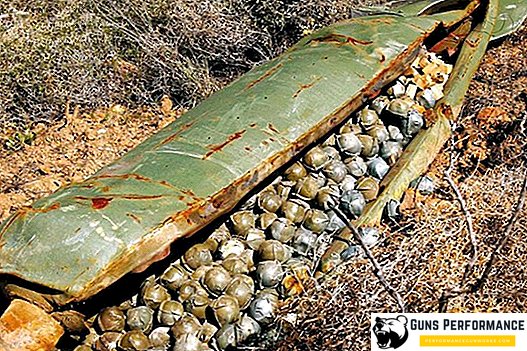
The solution to this problem was found at the beginning of the XIX century by the British captain Henry Shrapnel. He invented a new type of artillery ammunition, which was filled with striking elements (bullets) and was undermined in a given section of the trajectory. These shells can be called direct predecessors of cluster munitions.
The first combat airplanes, which appeared during the First World War, had even more problems with the exact defeat of single targets. The first pilots of bomber aircraft dropped bombs with their hands, right from the cabin of their aircraft. On the high accuracy of such a bombing did not even have to say. In the 1930s, the first samples of cluster bombs appeared. The idea was very simple: if it is impossible to destroy the target with a single bomb, then you can try to make it a large number of small ones.
The ancestors of cluster bombs are considered the Germans. They first applied them during the Polish campaign. The German AB 250-3 cluster bombs had a weight of 250 kg, each of which contained 108 two-kilogram SD-2 fragmentation bombs. At a given height, AB 250-3 was undermined by a special charge, which made it possible to disperse SD-2 over an area of several hundred square meters. Each fragmentation bomb had a special propeller that slowed its fall, and cocked the fuse. At the same time, some of the bombs exploded in the air, some when they hit the ground, while the rest remained on the ground and turned into anti-personnel mines.
Not lagged behind Germany and the Soviet Union. In the Soviet-Finnish war, a rotative-dispersing aerial bomb, which was a hollow container containing a large amount of incendiary ammunition, was actively used. The Finns called this bomb "Molotov's breadbasket."
Cluster bombs during World War II were used not only against manpower, but also against tanks. The accuracy of the bombing was such that getting into a single tank, even a dive bomber was extremely problematic. In the USSR, a cluster bomb was invented, which contained a large number of small anti-tank cumulative bombs PTAB-2.5-1.5.
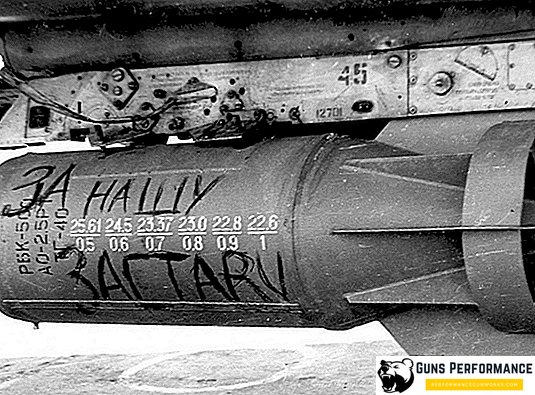
After the war, the cluster munition career did not end. On the contrary, it has just begun. Using German developments in this area, the Americans created their AN M83 cluster aerial bomb. It was used during the Korean War.
Especially often used cluster munitions during the Vietnam War. It was difficult for the Americans to determine the exact location of the Vietnamese partisans in the jungle, so they "sowed" large areas of cluster munitions immediately.
The typical American cluster bombs of this Cold War era were the CBU 52, which weighed 350 kg and contained 220 fragmentation ammunition.
We should not think that the development of cluster munitions were engaged only in the West. In the USSR, work was also actively carried out in this direction. In the 80s, the USSR was armed with bombs of 250 and 500 kg caliber.
They could be equipped with fragmentation, cumulative, incendiary bombs, as well as anti-personnel and anti-tank mines. A large number of different cluster artillery systems were also developed.
In recent decades, development in this area has been around creating "intelligent" cluster munitions. The usual "smart" weapon has a lot of advantages, but also one drawback: it costs too much. Most of the cost falls on its delivery system. Therefore, in the West began to develop cluster munitions, inside of which were homing strike elements.
What is cluster munition
A cluster bomb is a type of ammunition that contains a large number of small submunitions (cluster combat elements). In fact, it is a container that is divided into small compartments filled with striking elements, like a showcase in a supermarket.
After dumping the container, the parachute of ammunition opens, which slows down and stabilizes its fall.
At a certain height and at a given point of the trajectory, the outer shell is dropped or undermined, and small submunitions hit a huge area. Reset combat elements can be instantaneous or gradual. Usually submunitions have their own braking devices, which allows them to be more evenly distributed over a certain territory. They work even more effectively if you fill them with additional striking elements (balls or needles). Small bombs can be programmed to explode a few meters above the ground.
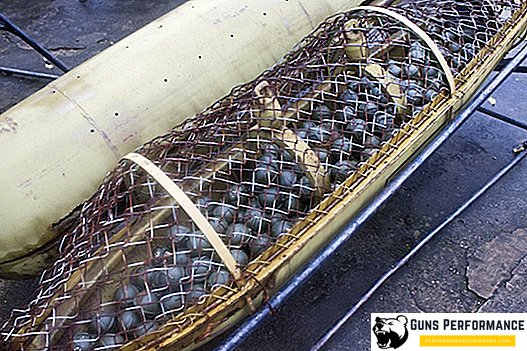
Cassette combat elements can be divided into three large groups:
- with instant fuses: used to destroy manpower, as well as enemy convoys, infrastructure facilities;
- military elements of cumulative action: used to destroy enemy armored vehicles;
- combat elements with mine-type fuses: they are used for mining territories and objects.
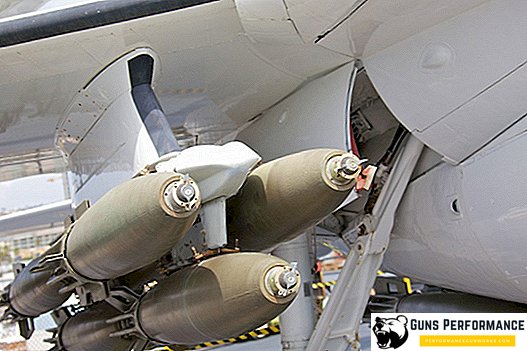
Ignorant weapon
Cluster bombs, like other munitions of a similar principle of operation, are very effective, they can cover a huge area, and it is almost guaranteed to destroy the enemy on it. However, there are several nuances.
Such ammunition is very inaccurate. This is a weapon of total destruction, which kills everyone who is in a certain territory. In addition, cluster warheads very often do not explode and, in fact, turn into anti-personnel mines.
In Vietnam, the United States used cluster ball bombs, which gave a huge number of small striking elements. The effects of using such ammunition were particularly horrendous. In later versions of ball bombs began to use plastic striking elements, almost invisible on x-rays.
In 1980, a UN convention was passed prohibiting the use of ball and needle bombs.
Another problem of cluster munitions is the failure of a part of the combat elements, which turns them into anti-personnel mines.
To make it easier for Americans to find such broken combat elements, they began to cover them with bright paint. But this did not solve the problem: bombs with a "fun" color began to attract more attention from children, leading to accidents.
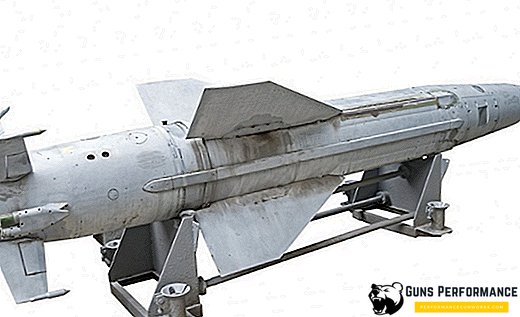
In recent decades, cluster munition combat elements have been equipped with self-liquidators that work within a few days after use.
It is believed that even in the latest generation of cluster munitions, about 5% of the total number of submunitions does not explode and turns into mines.
In 2008, in Dublin, under the auspices of the UN, the "Agreement on the complete ban of cluster munitions" was adopted. By the end of 2008, it was signed by more than 90 states. In 2010, this agreement entered into force. To date, it has been signed by more than 100 countries. And what about Russia?
However, the states that are the largest producers of cluster munitions (USA, Russia, Israel, China and other states) have not put their autographs under this convention.
Moreover, in recent years, the use of cluster munitions has been increasing. Russian news agencies have repeatedly reported that Ukrainian government forces are using cluster munitions against separatist detachments in the east of the country, the Ukrainian side has always denied such allegations.
During the Syrian civil war, international human rights organizations have repeatedly cited evidence of the use of cluster bombs (the so-called cluster munitions in the West) by government forces against rebels and civilians in Syria.
Recently, the Arab media reported several times about the use of cluster munitions by Russian Air Force aircraft in Syria. The Russian military authorities also refute this information.


